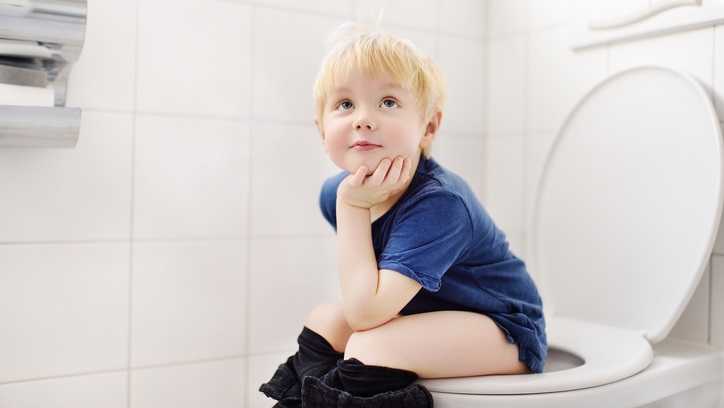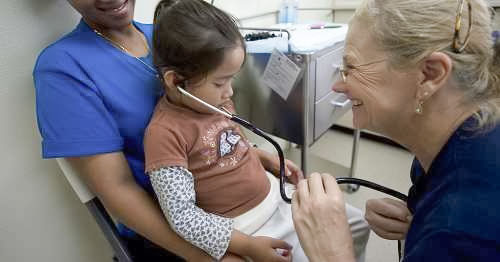This course provides a crucial and comprehensive framework for addressing pediatric pelvic floor dysfunction, focusing on issues like incontinence, dysfunctional voiding, and constipation. These conditions not only affect the physical health of children but also their emotional well-being and the dynamics within their families. By integrating both medical and therapeutic approaches, this course equips therapists with the tools to make a meaningful difference in the lives of these children.
Highlighting key statistics and guidelines from the International Children’s Continence Society (ICCS), the course acknowledges the importance of achieving bladder control by age 5 for typically developing children, while also recognizing the psychological impact on children and families when this milestone is not met. The emotional toll, including frustration, anxiety, and the potential for psychological behaviors, emphasizes the urgency for specialized pediatric intervention.
The course addresses the most common pelvic floor dysfunctions seen in children, such as dysfunctional elimination syndrome, withholding, urinary tract infections (UTIs), bedwetting, and the often-overlooked role of constipation in contributing to urinary leakage and urgency. With constipation alone accounting for nearly 5% of pediatric office visits, the need for trained specialists in this field is significant.
What makes this course particularly invaluable is its holistic and practical approach. Participants will gain knowledge of the normal development of voiding reflexes and urinary control, along with common causes of incontinence in pediatric patients. The focus on hands-on evaluation and treatment methods—such as surface electromyography (SEMG) biofeedback, rehabilitative ultrasound imaging, and external manual techniques—ensures that therapists can effectively assess and address these complex conditions.
The inclusion of case studies provides real-world applications, helping participants understand the progression of treatments and the path from diagnosis to discharge. The additional focus on pediatric play, trauma-informed care, and language tailored for working with neurodivergent patients adds another layer of relevance, particularly for therapists working with children who have special needs, sensory processing differences, or musculoskeletal asymmetries.
By taking a comprehensive and child-centered approach, this course not only prepares participants to address bladder and bowel dysfunction but also to contribute to the long-term health and quality of life for their pediatric patients, potentially preventing these issues from persisting into adulthood.
Prerequisites
None. This is a beginner-level course.
Pre-Course Learning Requirements
1) Read Suzanne's story
2) 10-14 days before the course, participants will receive an invite to join Teachable, an online learning platform. In Teachable, registrants will find video lectures (all video lectures must be completed before attending the first day of class), other pre-course learning materials, course manual files, mandatory liability waiver, and URLs for any Zoom meetings. We require registrants to complete teachable components in sequential order. Videos lectures are required and must be completed in-full before proceeding to the next Teachable section. At the conclusion of the course, registrants can access their post-test and course evaluation form to provide our curriculum team feedback on their experience, as well as download their certificate of completion - all via Teachable
Audience
This course is appropriate for physical therapists, occupational therapists, pediatric nurse practitioners and medical doctors and other health care professionals interested in expanding their practice in pediatric bowel and bladder disorders. Content is not intended for use outside the scope of the learner's license or regulation. Physical therapy continuing education courses should not be taken by individuals who are not licensed or otherwise regulated, except, as they are involved in a specific plan of care.
Required Supplies
- - Pillow
- - Balloons (one filled with cold water and one to blow into)
- - Rolled up towels (4) or 2 yoga blocks
- - Washcloth
- - 10-pound cuff weight or equivalent
- - 4-foot TheraBand of medium resistance
What to Have Ready for Labs
- - Room for Yoga mat for floor or treatment table
- - Hard surface to sit on
- - Stool or squatty potty to put feet on






